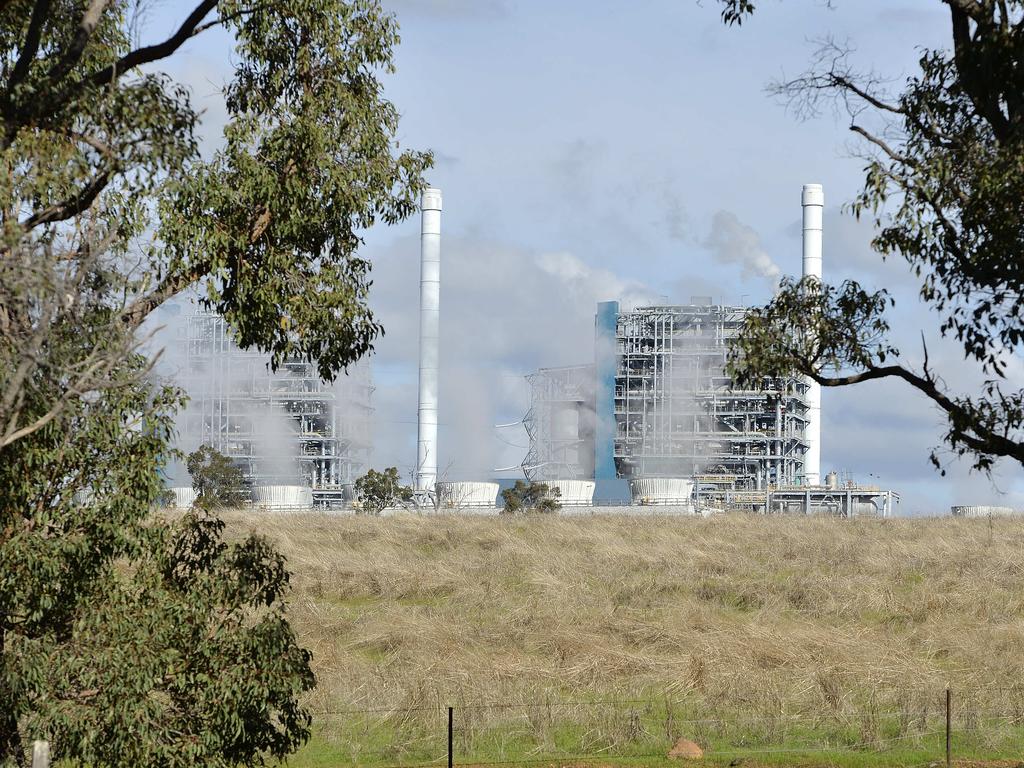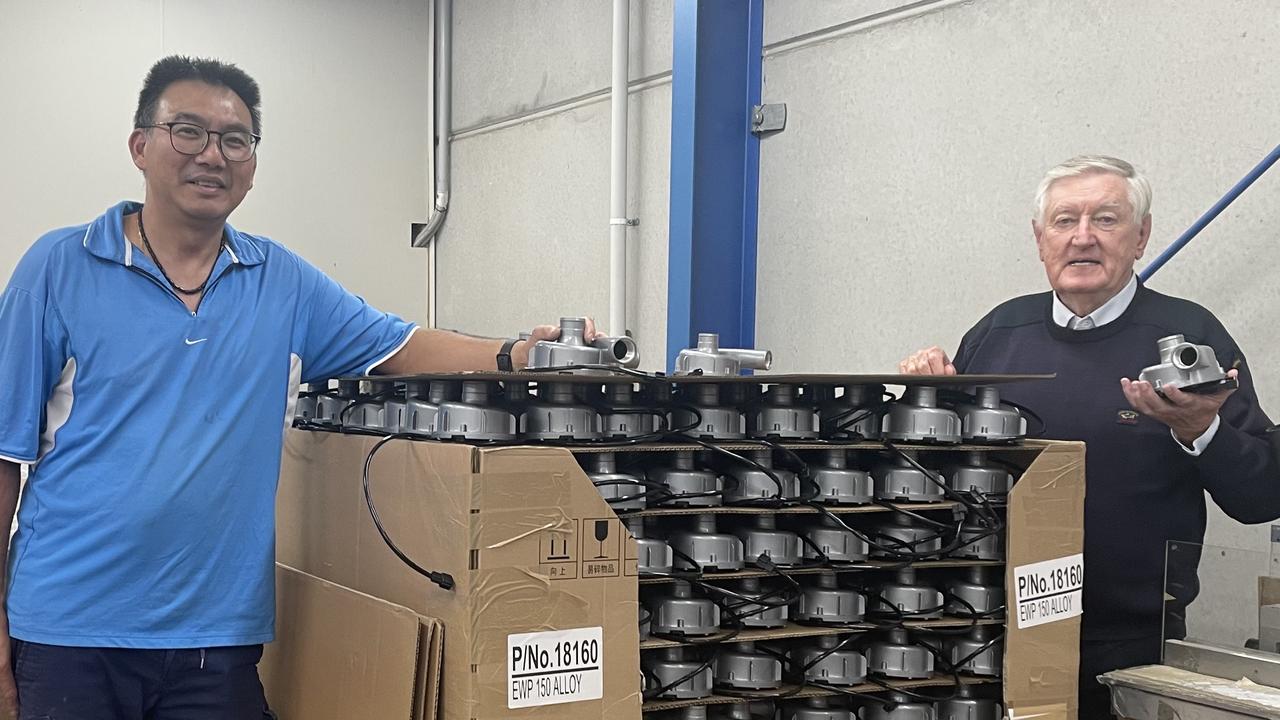Rio Tinto payout a beacon in uncertain reports season
The most uncertain reporting season since the global financial crisis might deliver some good news.

The most uncertain reporting season since the global financial crisis may deliver some good news when Rio Tinto reports after the markets close on Wednesday, but second waves of coronavirus globally are starting to dampen expectations of a U-shaped recovery, albeit also fuelling hope of more stimulus.
Citi equity strategist Liz Dinh warns of downside risk to consensus estimates for Australian corporate earnings for 2019-20 and 2020-21, with coronavirus impacts meaning that “consensus may be somewhat less useful as a guide for investors this reporting season”.
Whereas the market expects a 15.5 per cent fall in 2019-20 earnings per share, Citi’s “top-down” or macro-based estimate is for a fall of 20 per cent. And while Citi’s estimate for 2020-21 is in line with the consensus estimate of no change, Dinh says the risk is for a worse outcome than that.
“The recent resurgence in COVID-19 cases in Victoria and NSW does make us concerned over the outlook for 2020-21 earnings,” she says. “At this early stage, we have yet to try and estimate its impact.”
This reporting season “arrives at the nexus of a pandemic, economic shock and unprecedented government response” and, while investors will have to learn to live with uncertainty while COVID-19 remains out of control, Citi has identified a few themes to help navigate the season.
The first point is that dividends are being pared back significantly and the outlook is uncertain.
Citi has forecast aggregate 2019-20 dividends down 37 per cent, from $72bn to $45bn, with banks contributing the most to this decline since all September-reporting banks have reduced or cut their interim payouts, and CBA is expected to announce no final dividend, in line with the other majors.
Resources are due to contribute a third of aggregate dividends, up from a quarter last year.
Macquarie Equities sees scope for a juicy special dividend surprise of up to $US1 a share from Rio Tinto because of the miner’s low levels of gearing around 3 per cent and strong iron ore-driven cashflows. That’s on top of an expected interim dividend of $US1.70 a share, albeit Macquarie notes the range of estimates is wide at US94c-$US2.21 a share.
Macquarie also sees lofty iron ore prices underpinning “strong upgrade momentum” for Rio, with spot prices generating 13 per cent and 65 per cent potential earnings upside for the 2020 and 2021 calendar years.
The broker sees an underlying net profit after tax of $US4.5bn ($6.3bn) — below the prior half due to lower seasonal volumes and realised copper and aluminium prices, but about 4 per cent above consensus, with the iron ore division expected to contribute 90 per cent of earnings.
More generally, balance sheet strength will continue to be an important consideration for all companies as they consider their capital management options, and more capital raisings are likely.
“Renewed outbreaks in Victoria and NSW mean rolling lockdowns are likely to remain a reality for some time, meaning a healthy balance sheet is key,” Dinh says.
Net equity raisings amounted to $28bn in the June quarter — a similar level to that reached during the 2008 GFC — and Citi expects more in the coming months, with the best balance sheets currently in the healthcare, mining and banking sectors.
Amid an uncertain outlook for earnings due to the interplay of the pandemic and policy responses, Dinh says investors should be placing far greater importance on any trading updates and whether the trajectory of sales or earnings has changed.
“We think investors need to be careful in interpreting the COVID-19 disruptions called out by companies, given impacts on both revenue and costs that may not be clearly disclosed,” she says.
But robust iron ore and gold pricing will underpin strong results from the mining sector.
“Despite weak global economic activity, the price of iron ore has remained elevated,” Dinh notes. “Recent trade data continue to indicate strong commodity demand out of China but our global team caution on the sustainability of pricing.”
Cost control and management of COVID-related supply disruptions will also be in focus, particularly for the energy sector, which suffered a dive in oil prices in the first half.
For the retailers, Citi sees stimulus-fuelled demand giving a boost before a potential slowdown in the coming quarters as the “fiscal cliff” looms in the December quarter.
“Trading updates for the reporting season are expected to be positive given government support and the superannuation withdrawal,” Dinh says.
“This may prove misleading as there will be a step down in stimulus come the December quarter.”








To join the conversation, please log in. Don't have an account? Register
Join the conversation, you are commenting as Logout